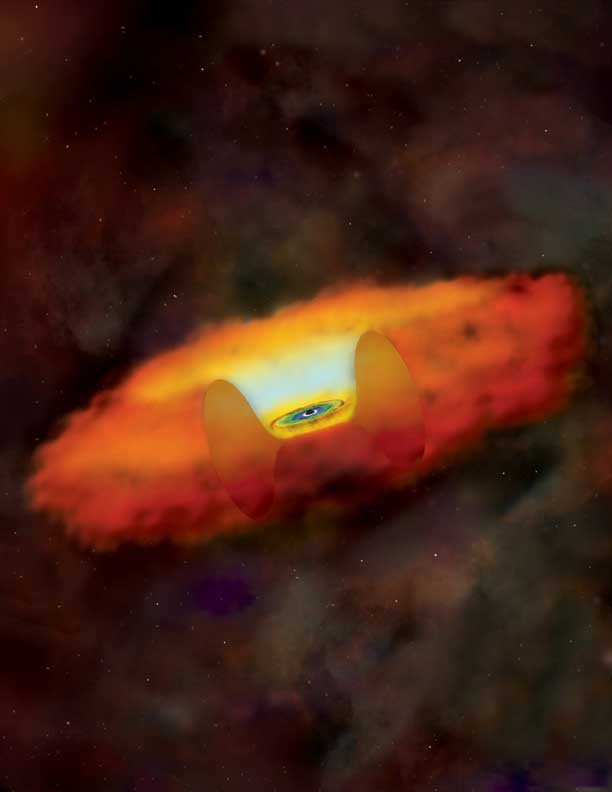Astronomers have detected the smallest black hole ever observed found in a center of a galaxy which they consider as a "teeny supermassive black hole".
There are two types of black holes, there are ones that form from stellar mass from massive stars dying and then collapsing and then there are "supermassive" ones that are measured to be 100,000 times bigger than the sun according to Vivienne Baldassare from the University of Michigan.
Baldassare reveals that they have discovered the smallest supermassive black hole ever detected where it is located in a center of an equally very tiny galaxy that is measured to be 50,000 times bigger than our sun.
Scientists believe that for every large galaxy in the universe, a supermassive black hole lies in its core. This tiny one however, is located inside a dwarf, disc galaxy some 340 million light years away from our planet.
Using the Chandra X-ray telescope and the Clay telescope in Chile measuring 6.5 meters, the smallest supermassive black hole was detected. The host galaxy is called RGG 118 where its images were obtained from the Sloan Digital Sky Survey. Chandra's observations show that there is hot gas in the region of the black hole that can provide clues how larger black holes are formed inside their host galaxies.
The team also considers this discovery a very significant one since this black hole is formed in a relatively small galaxy meaning, it only has a few mergers or activity with stellar matter before it was formed. She adds that the process of how these type of black holes are growing inside small galaxies like this in the universe today can also indicate how they formed shortly after the Big Bang, during the infant stages of the universe.
Astronomers are still deciphering how supermassive black holes form, some hypothesize that these originate from giant gas clouds or have fallen from colossal stars more than 100 times bigger than the sun.



























